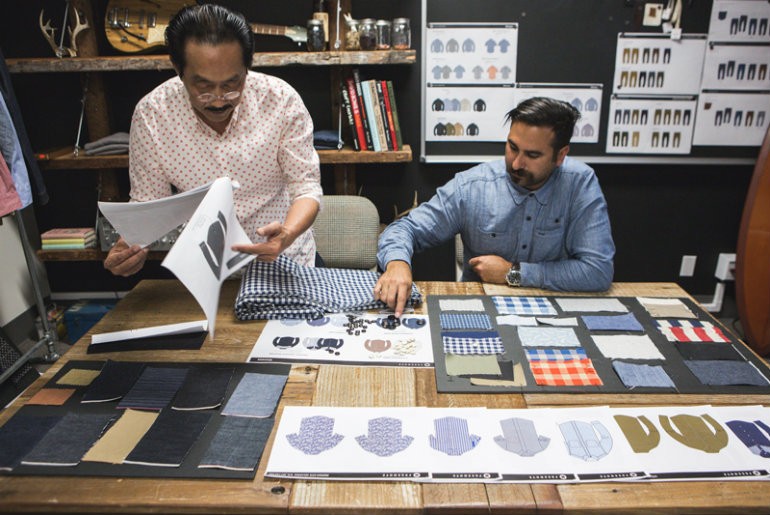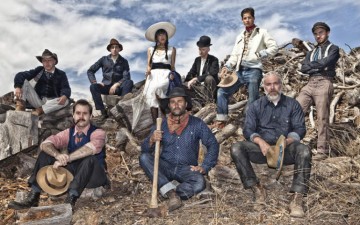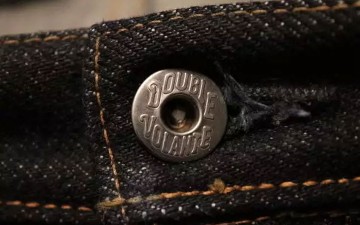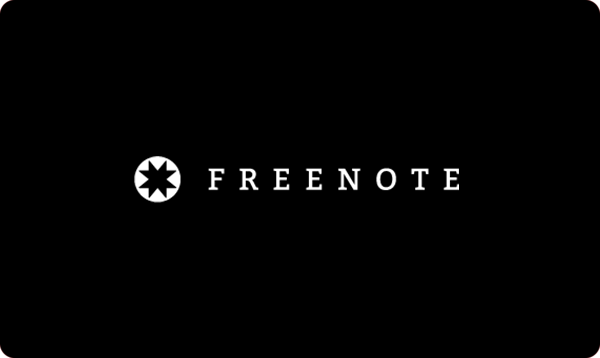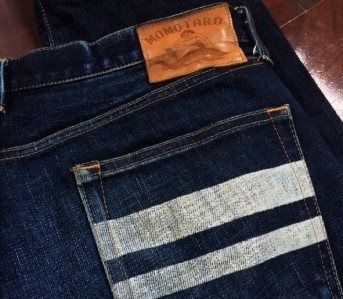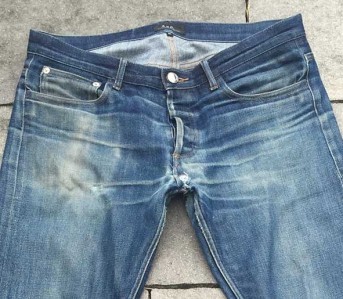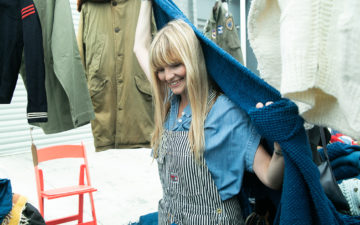Often times, the fashion industry feels like just that: a vast factory filled with faceless machines—their cogs and wheels humming—churning out products at rapid speeds with little regard for personal connections. That’s one reason I love working within the smaller niche of craft menswear. It’s so much easier to put company names to faces, and people pride themselves on a transparency that does not exist in the fashion world at large.
When I first met the Brodrick brothers, founders of Freenote Cloth, at the Agenda trade show last summer, I felt immediately at ease with them. They gave off a sense of authenticity and passion for their company and its products, and the feeling has only solidified as I’ve been lucky enough to attend their events, tour their headquarters, and sometimes just sit and chat.
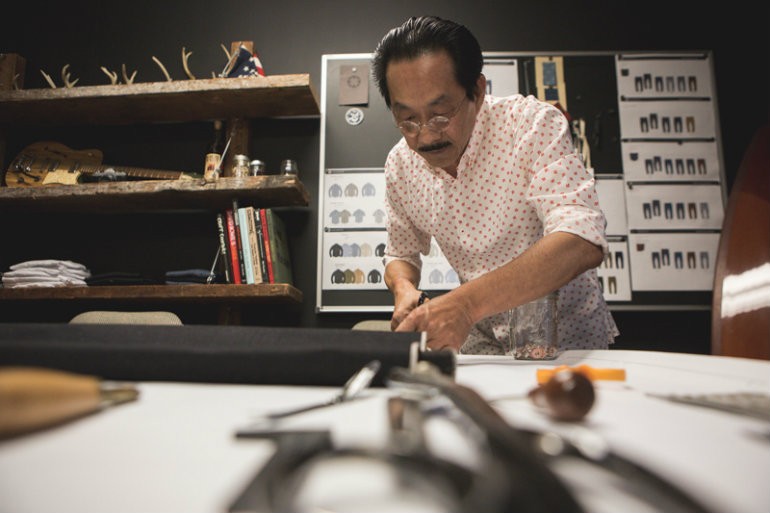
One of the most memorable parts of my initial booth visit was meeting Leo Tran, Freenote’s in-house pattern maker. From the get-go, it was evident that Leo loves what he does. He excitedly picked up a pair of denim on display and proceeded to walk me through its construction and development, giving me the insider’s view on the jeans. He excitedly showed me various pieces from their collection, giving off the kind of energy that showed his affinity for his work.
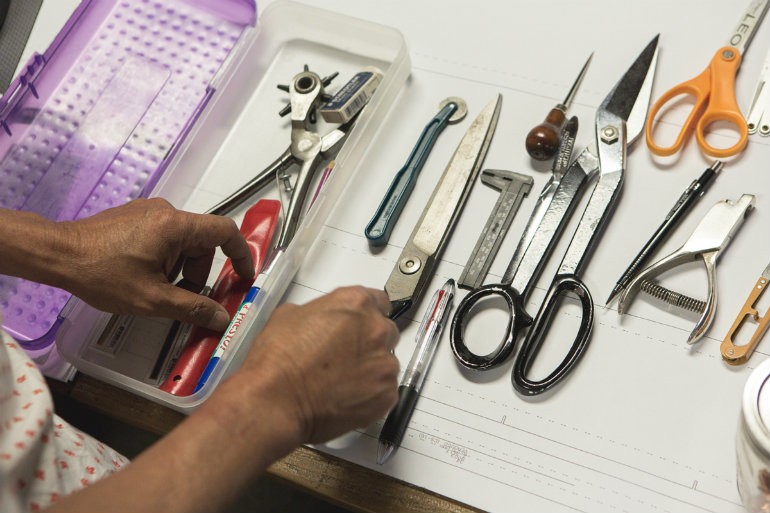
To back up a bit: a pattern maker is one who draws–either by hand or computer–the pattern (and all the different sizes) by which a piece of clothing will be cut. It’s much more involved than this, and a painstakingly precise ordeal, but that’s the basic idea.
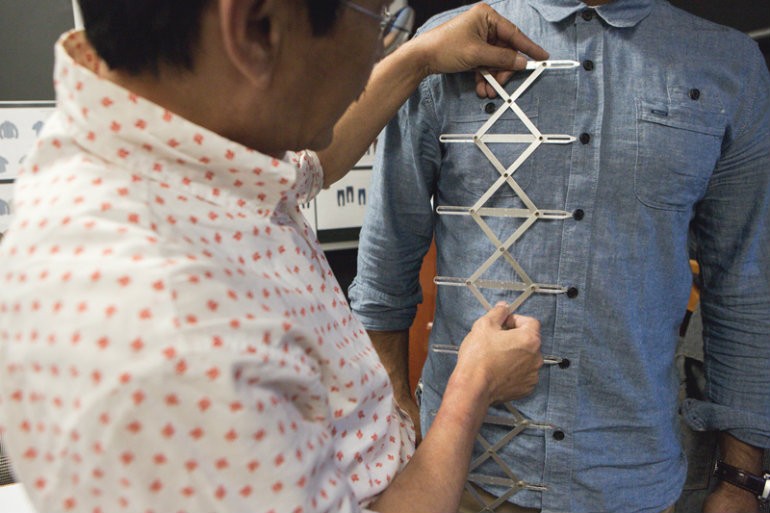
Leo’s story, however, starts long before he got into the fashion world. He was born in South Vietnam in 1957, so he was a child during the communist takeover. He distinctly remembers when everything changed. In 1982, discontent with the way things were in their country, Leo and his family attempted to flee but were caught and sent to jail and reeducation camp for a year.
They bided their time and then attempted to escape again in 1987. For a long time, most people fled by boat, but that was no longer an option. So they set out on foot, making their way with a hired guide through Cambodia and into Thailand, where they waited for approval to move to the United States.
When I asked him about the journey, he told me they traveled by night. The Killing Fields in Cambodia are a notorious part of history, and Leo and his family walked right through them. “When we were walking at night through a field, we heard a lot of crunching noises. We asked the guide what it was, and he told us, ‘Bones. Look,’ he said, ‘that green gas in the air is escaping from the dead bodies in the fields.’” The picture Leo painted has stuck with me ever since, and it is one that comes back to me any time I even think of complaining about my life.
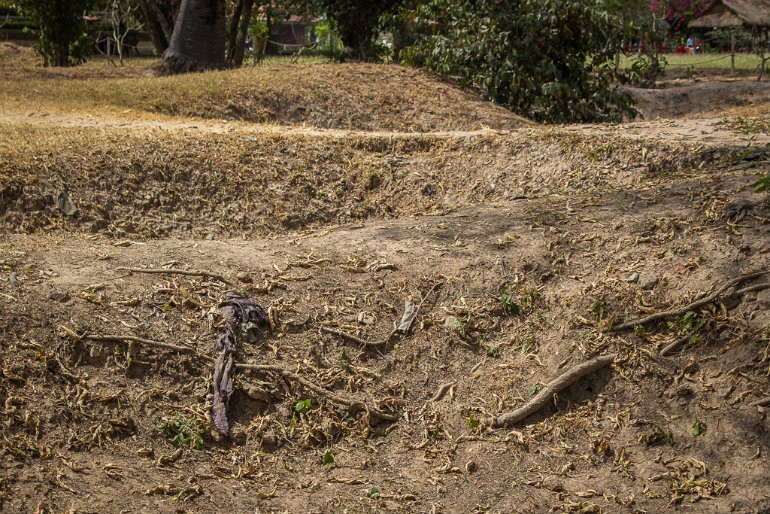
The Killing Fields in Cambodia, many years later
When Leo finally made it to the U.S., he went to work sewing garments while his wife went to school. His background was in architecture, but obvious cultural barriers prevented him from pursuing this here. His wife urged him to go to school, but he maintained, “I will work. That’s what people do here.”
Eventually, he moved to Garden Grove, California, and attended the nearby Orange Coast College–a college known for retail and design–where he picked up the fashion bug. His wife entered a fashion symposium, where she won first and second place. From there, Leo’s journey in the world of clothing began.
His resumé is well-storied: he worked at Disneyland making costumes for three years, where he honed his skills at construction and design. And then came skate and surf brand Volcom: “I was there right from the beginning,” Leo told me. “Eight people sitting on the floor because we didn’t even have chairs or a table.” As many of us know, Volcom went on to become synonymous with counter-culture surf apparel, and Leo was there at the ground-floor.
After a long tenure at high-end women’s label St. John, Leo and his wife went back to Volcom. It was on that second stint that he heard from Jeremy Parker of Electric Sunglasses that a couple of brothers who worked for the company were looking to start a men’s clothing brand. After meeting with Matt Brodrick and checking out his portfolio, Leo enthusiastically signed on to the project. “I could tell Matt really loved the work. Some owners chase money. Not Matt,” Leo related. Six months later, they opened up the company.
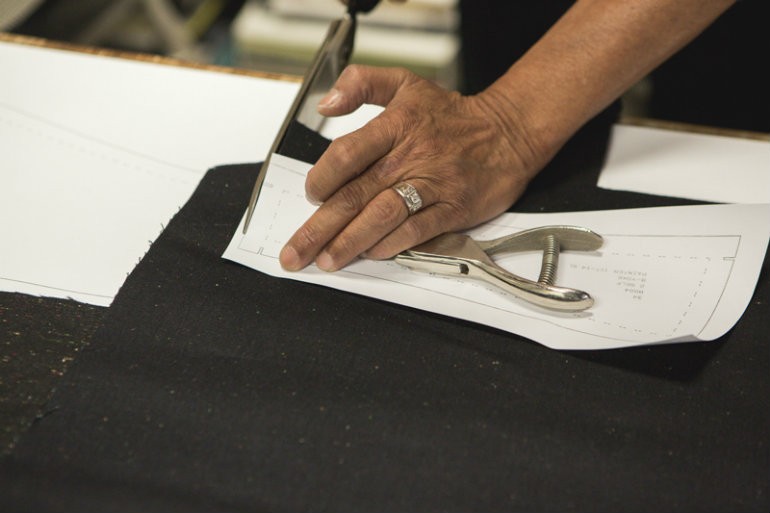
Leo is also big on domestic production, another reason he got involved with Freenote. “Levi’s was so big in my country. It was an icon. People brought back Levi’s to Asia and everybody loved them because they came from America. But then they started chasing the money, and the icon disappeared.”
Some of his favorite Freenote pieces are the chambray shirt and all the jeans. A stickler for details myself, I was enthralled when Leo grabbed a shirt of the rack and showed me how the elbow is connected all the way to the placket, something most people would entirely overlook.
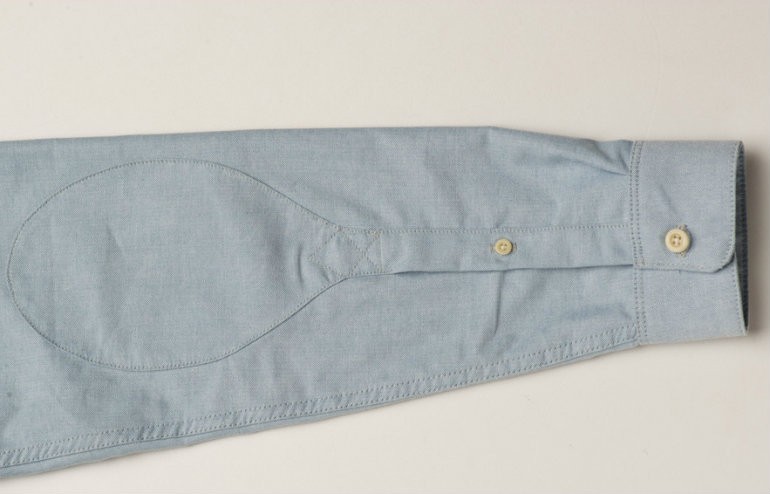
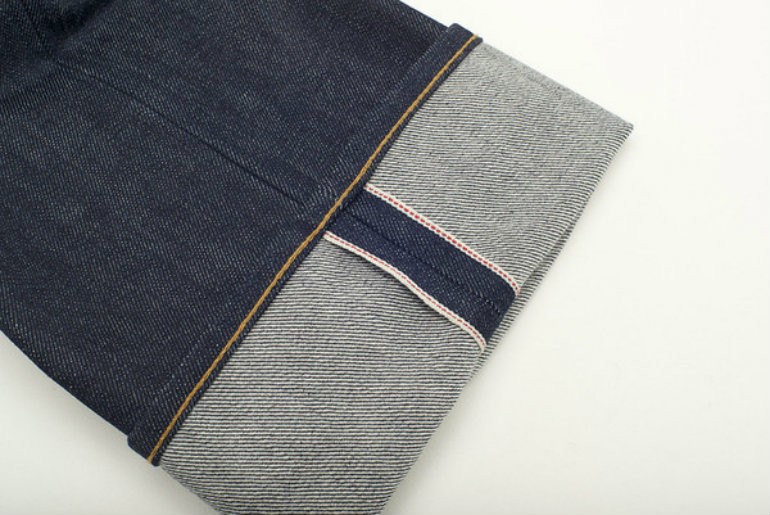
Things have definitely changed over the past couple decades. “It’s all digital now. I can make patterns on the computer and send them straight to the manufacturer. I had to learn all over again. I’m learning all the time.” This means less people involved, but infinitely more capability for the industry at large.
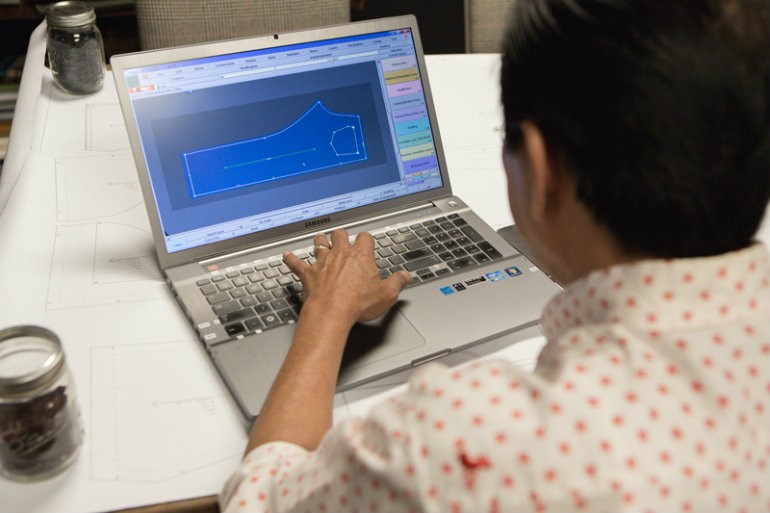
Matt and Leo constantly work together in the design process, going over the smallest parts of the clothing. Matt described Leo’s integral role in Freenote, “We couldn’t do it without him. He’s a huge part of what we do, and it wouldn’t be close to the same without his input.”
What struck me most about Leo during the entire conversation was his constant energy. He says that wearing Freenote and working with the clothes keeps him young. When I asked Leo what his favorite part of working in the fashion industry is, he said it’s talking to young people. Leo is big on passion, on loving what you do. “Everybody has a talent, you just have to find it. It’s never too late. Look at me. Just keep looking.”
It’s nice to be able to trace a piece of clothing directly back from the rack to the heads of its creators, a feat which is almost impossible with mass-produced brands. Next time you cop that sick pair of jeans, remember all the people behind the scenes dreaming it up. They all have a story.
